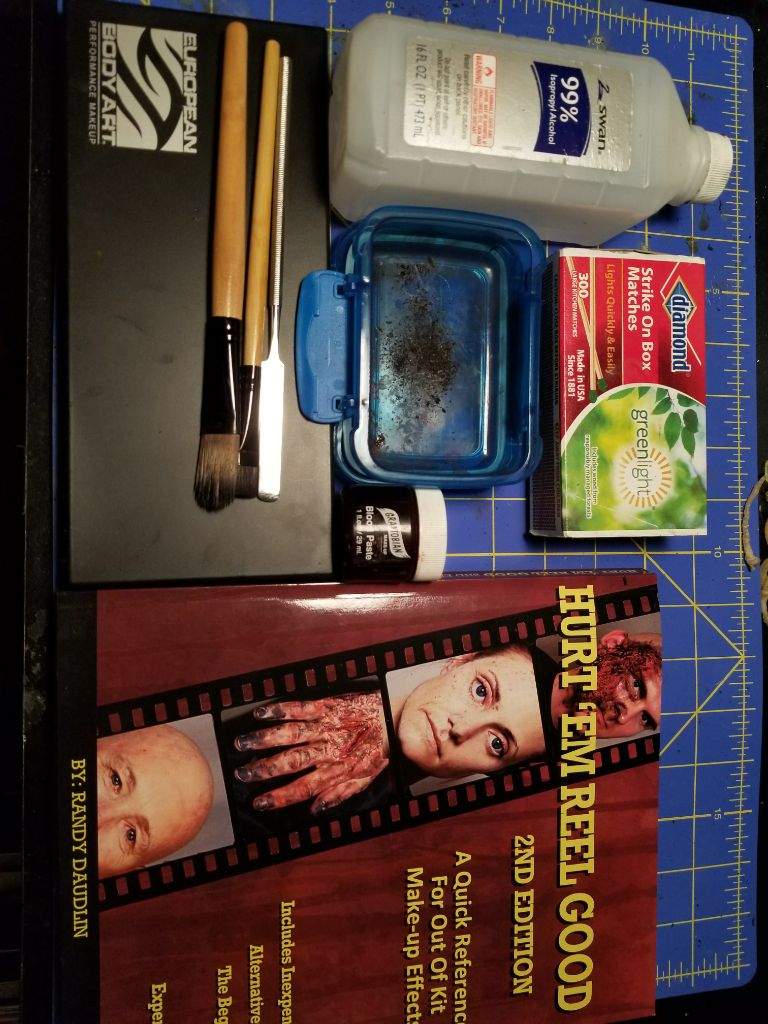

FIRST DEGREEĪ first-degree burn is the least intense type of burn because it only affects the outermost layer of skin, called the epidermis. All burns should be taken seriously, but second-and third-degree burns pose the most severe threats to the body, and the burn wound treatment should begin as soon as possible.

SEVERITY OF BURNSīurns range in severity based upon the strength of the burn trigger and the length of time it contacts the skin. Most radiation burns in the United States occur as a result of cancer treatments that use potent radiation or radioactive substances to kill cancerous cells.

Prolonged exposure to harmful radiation waves, including ultraviolet sun rays, x-rays, and radiation cancer therapy, can trigger burn wounds on the body. Depending on the amount of electricity that enters your body, an electrical burn may be superficial or extend through all layers of skin.
FOURTH DEGREE BURN TREATMENT SKIN
If the body comes into contact with an electrical current, the force of the electricity injures the skin and causes a burn to form. ELECTRICAL BURNSĮlectrical burns aren’t as common as thermal and chemical burns, but they can be very severe. Even standard household items like cleaners and cosmetics can cause chemical burns if used improperly. These burns are sustained when the skin comes into contact with strong acids, solvents, detergents, and other chemical-based substances. CHEMICAL BURNSĬhemical burns, on the other hand, don’t relate to heat. The external heat source immediately raises the temperature of the skin tissue, causing cell charring and even cell death. Thermal burns, the most recognized type of burn wounds, are caused by the extreme heat of hot metals, scalding liquids, steam, or flames. Most people associate burns with touching a hot oven dish or curling iron, but there are many different causes of burn wounds on the skin. Any burn wound that causes damage to skin tissue could potentially leave the body vulnerable to a wide range of health complications and risks. When the skin is exposed to extreme heat, radiation, chemical contact, or electricity, it suffers tissue damage and death in the form of a burn.Īs the body’s largest and outermost organ, the skin is responsible for regulating body temperature, preventing the loss of bodily fluids, and blocking the bacteria that trigger infection. Whether you experience a superficial first-degree burn or an extreme third- or fourth-degree burn, proper burn wound care and rapid treatment are necessary to heal your skin and protect your body from dangerous complications. Your skin is a natural barrier against infection, and a severe burn can compromise that protection. More than 2 million burn injuries occur every year in America, with 75,000 requiring hospitalization and 14,000 leading to death. Burns, which develop when heat, chemicals, electricity, or radiation damage the skin, are especially painful injuries. No wounds are pleasant, but some are distinctly worse than others.


 0 kommentar(er)
0 kommentar(er)
